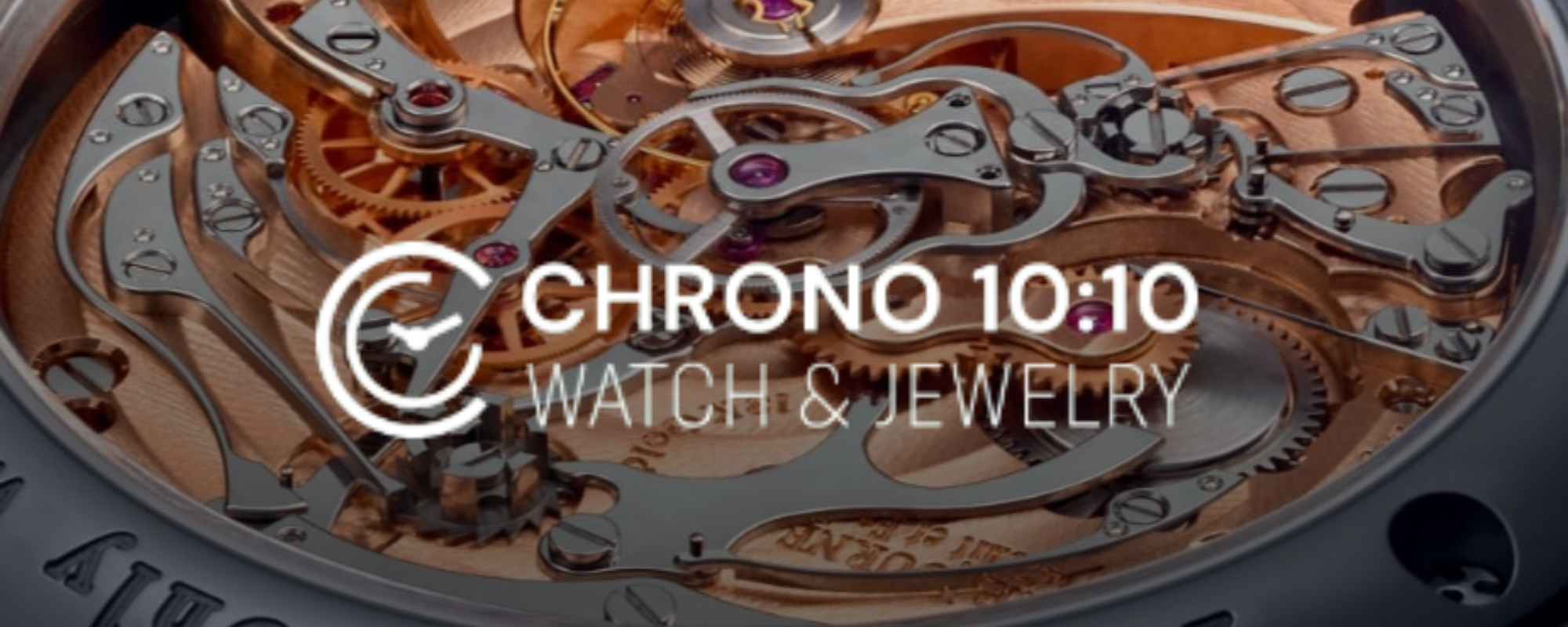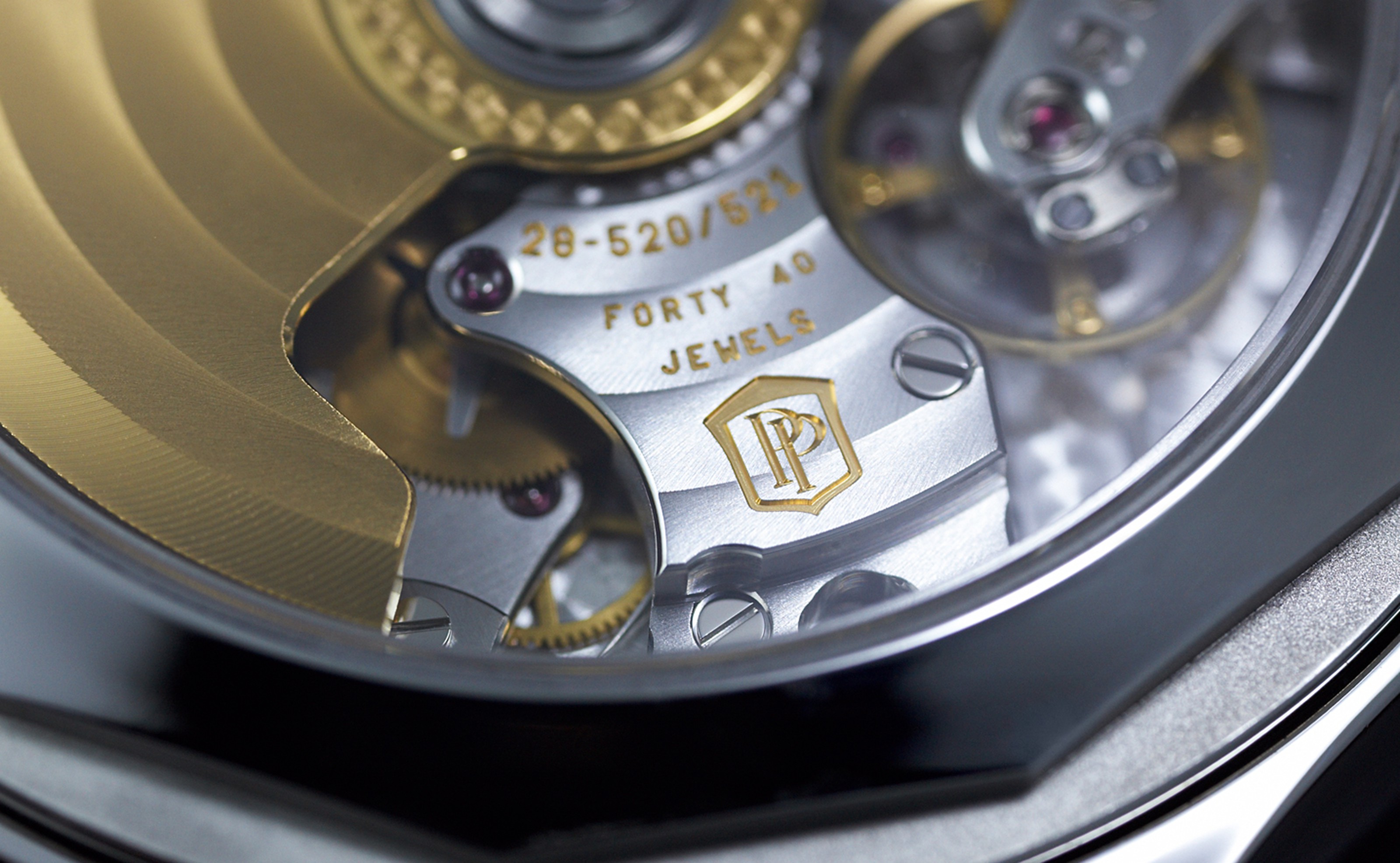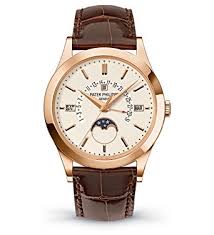To begin, let's understand what this "dead seconds" term means. There’s nothing magical about it - it simply refers to a seconds hand that moves in discrete one-second jumps rather than sweeping smoothly. This complication is also known as True Beat or Seconde morte, and while it's rarely seen, it continues to fascinate watchmakers and fuel mechanical innovation 🔧
The History of "Dead Seconds"
The idea behind this complication emerged over 200 years ago, aiming to make the seconds hand move at a precise 1 Hz interval. Ancient sundials, for instance, relied on shadows - which obviously didn’t work when it rained 🌧️. Water clocks could only measure set periods. It took centuries to make a mechanical hand move evenly and accurately. Once that was achieved, watchmakers wanted to measure precise intervals - down to the exact second. Enter the chronograph 🕰️
But two key challenges arose:
The hand needed to be stopped at will - without halting the entire mechanism.
It had to tick once per second - the standard of large pendulum clocks. Achieving this required precise mass and length of the pendulum.
This mechanism wasn’t well-suited for wristwatches, which are far more sensitive to shock and environmental factors. So engineers needed to separate the seconds hand from the balance wheel 🌀
Thus, two paths diverged: some focused on making a separate timing mechanism (chronograph), while others explored how to "freeze" the main seconds hand - the foundation of True Beat. The first of its kind is credited to Geneva-based watchmaker Jean-Moïse Pouzait in 1777, who developed a mechanism with independent drives for the hour, minute, and seconds hands 🧠
The Rise and Fall of the Complication
Despite early success, the idea faded - but never completely disappeared. A decade later, Pouzait invented a new escapement that, when combined with a large balance, could tick exactly once per second. Still, these solutions only worked in larger clocks, not compact wristwatches.
Attempts to adapt the technology - including the Chinese duplex escapement and the Swiss anchor - didn’t catch on. It wasn’t until the mid-20th century that watchmakers revisited the concept, seeking a more affordable way to offer precise seconds.
Enter the intermediate wheel 🛞 - connected to the seconds axis via a spring. A clever pin held it in place, and once the mechanism advanced, the spring released the axis by 1/60th of a rotation, causing the hand to "jump." Doctors and navigators loved it for counting full seconds 🧭
Swiss brand Lovary was first to use this modern Seconde morte in the 1950s, followed by Omega with its 30T2 SC-based model featuring a small jumping seconds hand at 6 o’clock - a limited series in gold cases. But lubrication issues forced the production to stop ❌
Rolex tried their hand with the 1954 True-Beat, targeting medical professionals. Built on the Oyster platform, it featured a fork-shaped mechanism with impulse stones and ratchet wheels. But despite its simplicity, it proved unreliable and was discontinued 🧬
A Modern Revival
Enter Chezard - part of the ESA consortium (now ETA) - the most prolific maker of True Beat calibers. But even their simpler versions consumed too much energy at the end of the gear train, causing frequent stoppages if lubrication faltered 😩
With the rise of quartz, the idea seemed obsolete - but haute horlogerie brought it back. In 2001, Panerai released the PAM80 Radiomir Independent. In 2003, F.P. Journe included it in his Tourbillon Souverain alongside a constant-force escapement 🔁
Audemars Piguet followed suit with their Millenary Escape using star-shaped wheels. In 2014, Arnold & Son released the DSTB - where the True Beat mechanism was fully visible from the dial side thanks to sapphire bridges and low-friction tech 💎
Many others joined the fray: Jaquet Droz, Jaeger-LeCoultre, Habring, Angelus, De Bethune, IWC, De Witt, Chronoswiss, and Grönefeld - all exploring this intriguing feature.
Most notably, watchmaker Karsten Fräßdorf created the Chronoswiss Sauterelle - one of the most precise dead-beat second watches on the market today 🏆
While challenges remain, the obsession with perfect accuracy lives on - and “dead seconds” keeps ticking... ⏳



